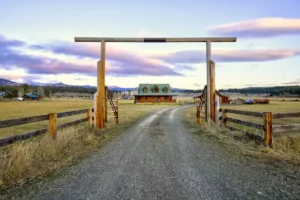 When you decide to finance and buy a house, the first thing that will likely happen is for you to fill out and get a hold of a loan application. You can either complete the application in front of your loan officer or on a lender website. You need to be aware of a few important things before you start the mortgage application process. Here are five.
When you decide to finance and buy a house, the first thing that will likely happen is for you to fill out and get a hold of a loan application. You can either complete the application in front of your loan officer or on a lender website. You need to be aware of a few important things before you start the mortgage application process. Here are five.
There’s a big difference between submitting a loan application to get a loan approved and completing some basic info to receive a letter of prequalification. To receive a complete preapproval you will need to fill out all the fields in the app. Leave a question blank if you are unsure of the answer. Your loan officer will contact you with additional information. Prequalification is a very simple process. You’ll only be asked a few questions. The loan application is much more detailed.
You’ll be asked to complete information regarding your income and assets, so be ready to fill the application in with approximate account balances along with account numbers and institution’s name. Prequalification is based on your word, but a loan application requires more information. It is not necessary to enter your current balance down to the penny. An approximation of the amount will suffice.
You may have been known under a different name. If you applied for credit with a name other than your own, you will need to provide proof and explain why. Your lender may want to know if you have a maiden or other name on your credit report.
Have your most recent pay stubs handy when entering your income. This piece of paper contains your gross monthly income and your year-to date income. To calculate debt-to income ratios, gross monthly earnings is used. Tax returns are usually required if you’re self employed or rely on income that exceeds 25% of your monthly salary. These returns will be used by your lender to calculate and verify qualifying income.
Understand that your lender may ask for additional information even if you have provided all the necessary documentation. It’s usually just a matter of updating information in your loan file. But, whenever you are asked to provide additional information, do not wait. Be prompt.
Original Blog: https://realtytimes.com/archives/item/1047225-5-things-to-know-before-filling-out-a-loan-application?rtmpage=





